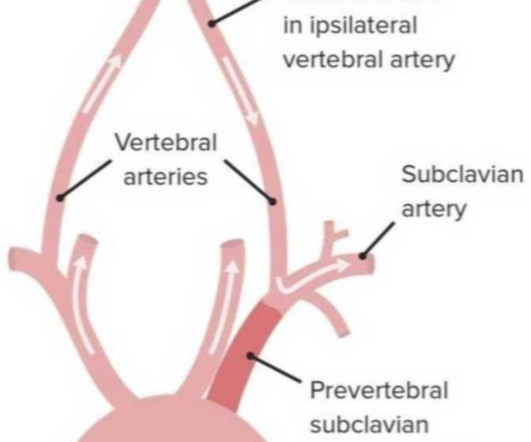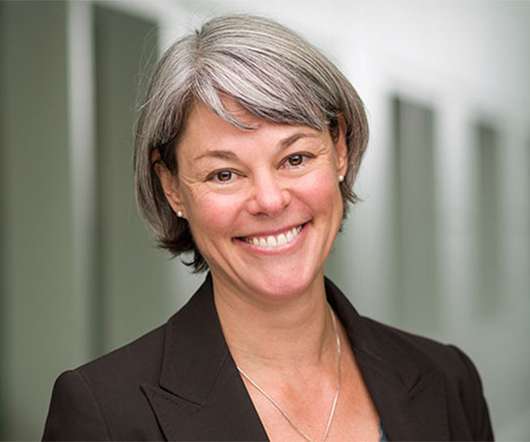Position Statement on Measurement Based Care
Integrated Care News by CFHA
MAY 19, 2025
MBC is presented not simply as data collection, but as a dynamic, evidence-based clinical process that enhances outcomes, promotes equity, and strengthens team-based care. Rather, it is an evidence-based, collaborative process that mirrors the well-established framework of using physical symptom monitoring (e.g., What is MBC?















Let's personalize your content